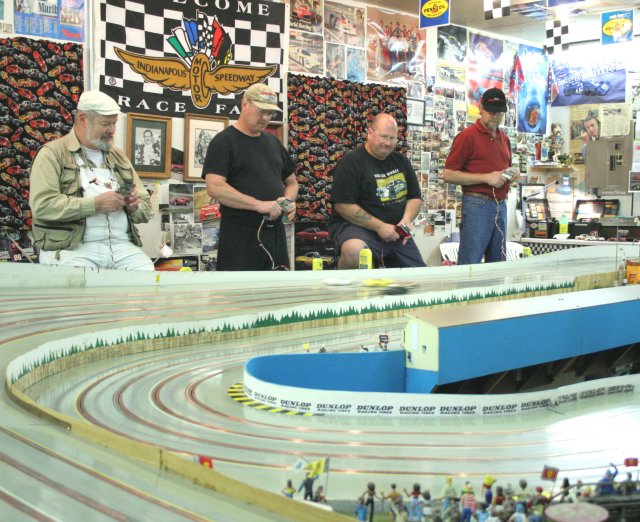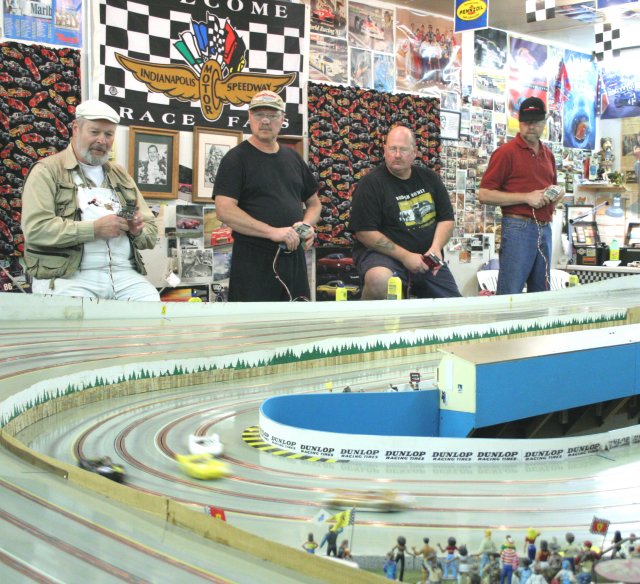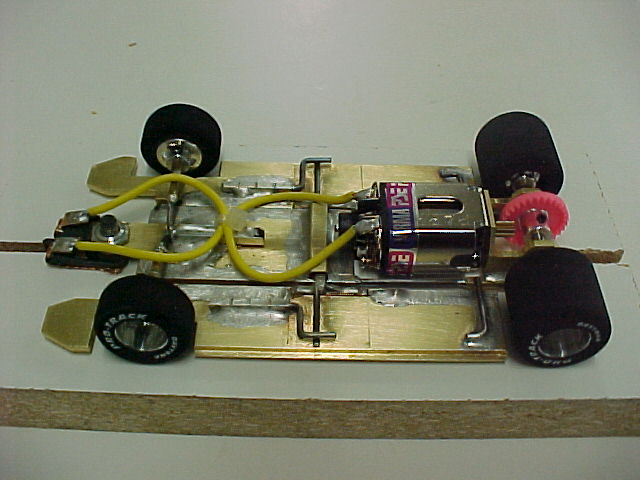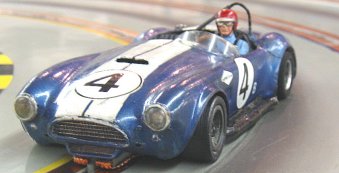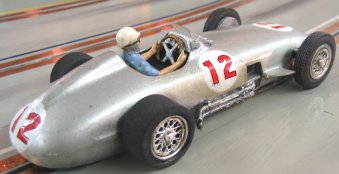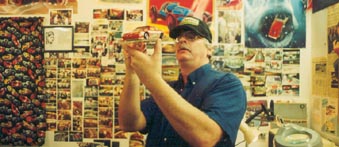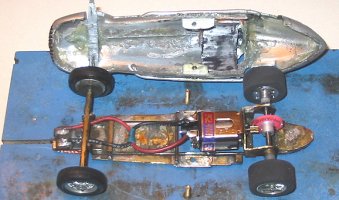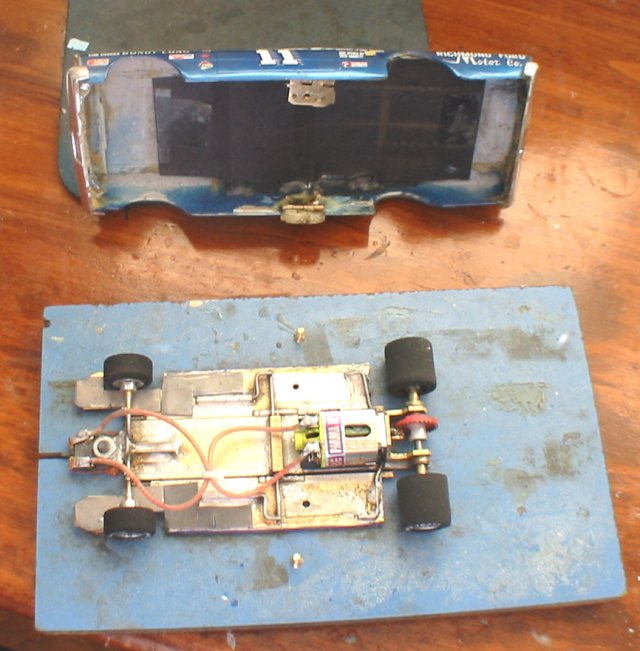 |
"The wise man regulates his conduct by theories of religion and science. But he regards these theories not as statements of ultimate fact but as art-forms." J. B. S. Haldane (1892-1964)British geneticist, biometrician, physiologist, and popularizer of science. |
